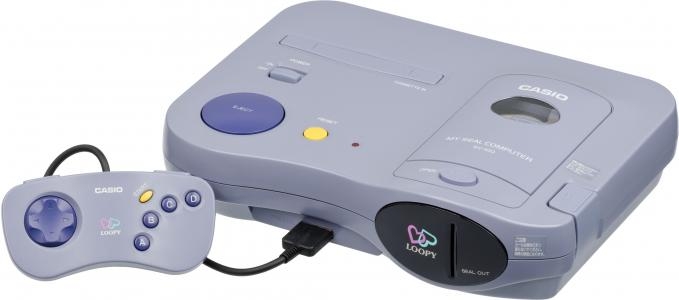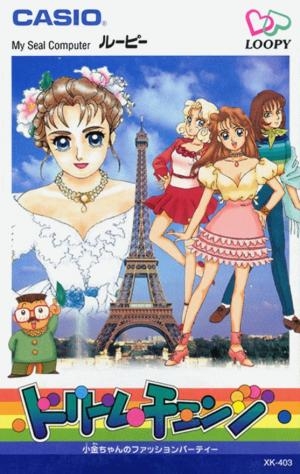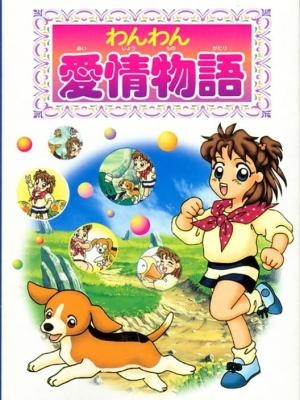
Casio Loopy
Casio Loopy Specifications
| Manufacturer: | Casio |
| CPU: | SH7021 32-bit SuperH CPU |
| Memory: | 1 MB |
| Sound: | 4 Channel 12-bit PCM |
| Medium: | Cartridge |
| Display: | 8 bit colour, 512 colours on screen |
The Casio Loopy, also known as the My Seal Computer SV-100, is a Japanese home video game console developed and produced by Casio. It was released in Japan in 1995 and was marketed towards young girls. The console features a unique printer accessory that allowed users to print out their own stickers featuring characters from various games.
The console itself has a colorful design and features a built-in microphone and camera for use in certain games. It also has a cartridge slot for game cartridges, which were sold separately. The console was not very successful and was discontinued after only a year on the market, but it has gained a cult following due to its unique features and cute aesthetics.
The console is powered by a Hitachi SH7021 SuperH 32-bit RISC CPU running at 16MHz, and had 1MB of RAM and 2MB of ROM. It was capable of displaying 512-color graphics and of playing 4 channels of 12-bit PCM audio.
The Loopy has one controller port for use with a standard game controller or with a mouse which was sold separately.
The Loopy includes a built-in thermal color printer that could be used to create stickers from game screenshots. An optional accessory, called Magical Shop (マジカルショップ, Majikaru Shoppu), was a video capture device to obtain images from VCRs and DVD players. Users may add text to these images and make stickers. Including Magical Shop's own built-in software, the Loopy library contained 11 titles.
Developer Kenji Terada worked on I Want a Room in Loopy Town! (ルーピータウンのおへやがほしい!, Rūpī Taun no O-heya ga Hoshii!).
Software development ended in November 1996, and Casio ceased production of the console in December 1998.
Latest on Casio Loopy

I Want a Room in Loopy Town!
This game was designed by Kenji Terada, the scenario writer of the first three Final Fantasy games. You design a cartoon home and do tasks, similar t...

Dream Change: Kokin-chan's Fashion Party
Dream Change is a simulation game starring a 14-year-old girl who dreams of becoming a fashion model. After meeting a photographer for a local magazin...

Bow-wow Puppy Love Story
You have to train a puppy and solve puzzles in this game. After completion, the option to print stickers becomes available.